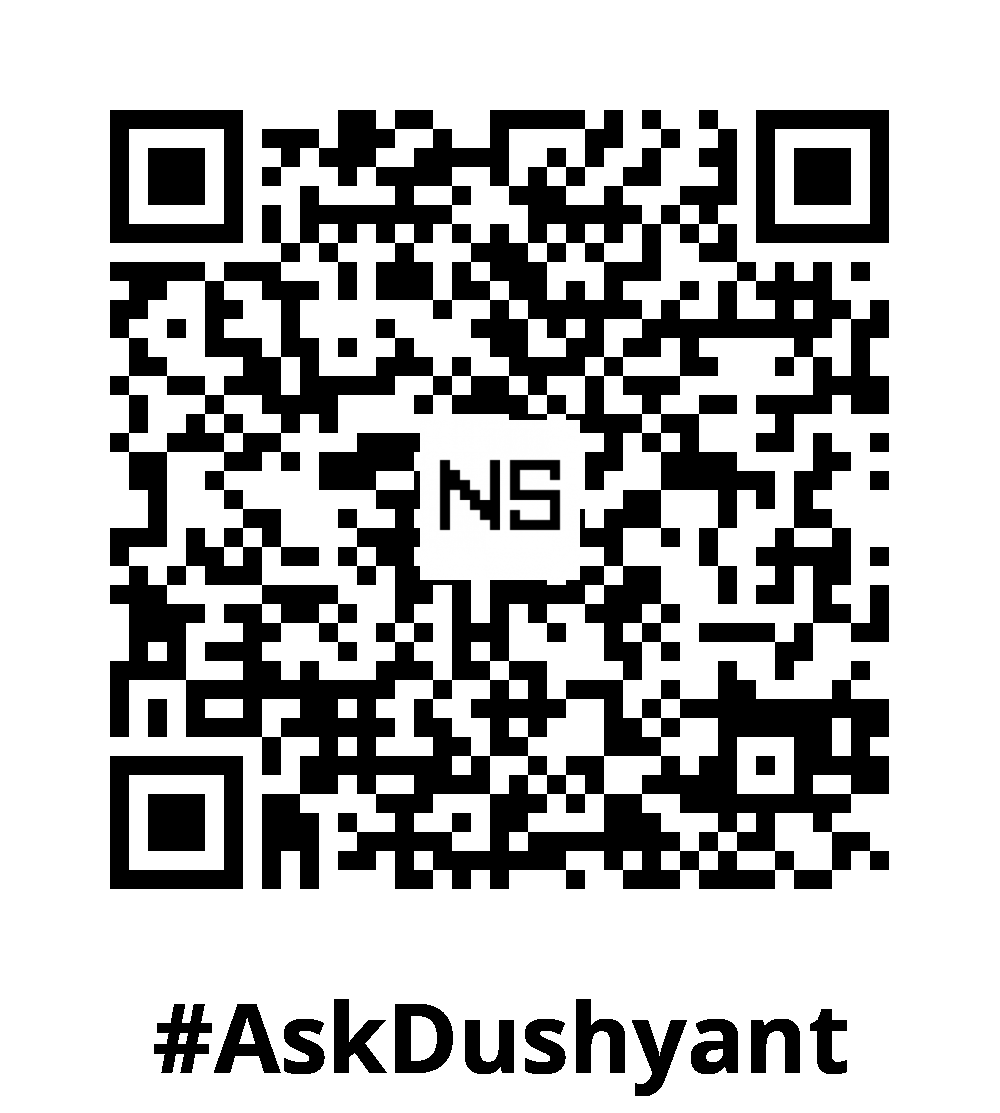Machine learning (ML) is transforming industries by enabling computers to learn from data and make intelligent decisions. At the core of ML, two primary types of learning exist: supervised learning and unsupervised learning. Understanding these approaches is essential for anyone venturing into AI and data science. For over two decades, I’ve been at the forefront of the tech industry, championing innovation, delivering scalable solutions, and steering organizations toward transformative success. My insights have become the trusted blueprint for businesses ready to redefine their technological future. This tech concept, Explain the key differences between supervised and unsupervised learning, implement both using Scikit-Learn by Provide real-world use cases and code examples
Understanding Supervised Learning
What is Supervised Learning?
Supervised learning is a type of machine learning where the algorithm learns from labeled data. Each input sample has a corresponding output (label), and the model aims to map inputs to the correct outputs.
Use Cases of Supervised Learning:
Supervised learning is widely used across various industries. Here are some key applications:
- Spam Detection: Identifying whether an email is spam or not using classification algorithms like Naïve Bayes.
- Credit Scoring: Assessing a customer’s creditworthiness using logistic regression or decision trees.
- Medical Diagnosis: Predicting diseases based on patient symptoms using support vector machines (SVM) or neural networks.
- Customer Churn Prediction: Forecasting customer attrition using random forests or gradient boosting.
- Image Classification: Recognizing objects in images using convolutional neural networks (CNNs).
- Speech Recognition: Transcribing spoken words into text using deep learning models like recurrent neural networks (RNNs).
Supervised learning covers a broad spectrum of machine learning models, including:
Classification Algorithms:
- Logistic Regression
- Decision Trees
- Random Forests
- Support Vector Machines (SVM)
- K-Nearest Neighbors (KNN)
- Neural Networks
Regression Algorithms:
- Linear Regression
- Polynomial Regression
- Ridge Regression
- Lasso Regression
- Gradient Boosting (e.g., XGBoost, LightGBM, CatBoost)
- Spam Detection: Classifying emails as spam or not spam
- Credit Scoring: Predicting whether a loan applicant will default
- Medical Diagnosis: Identifying diseases based on symptoms
- Customer Churn Prediction: Determining whether a customer will leave a service
Implementing Supervised Learning with Scikit-Learn
Let’s build a supervised learning model using Logistic Regression to classify the famous Iris dataset.
Step 1: Import Necessary Libraries
import numpy as np
import pandas as pd
from sklearn.model_selection import train_test_split
from sklearn.preprocessing import StandardScaler
from sklearn.linear_model import LogisticRegression
from sklearn.metrics import accuracy_score
from sklearn.datasets import load_iris
Step 2: Load and Explore the Dataset
dataset = load_iris()
X = dataset.data
y = dataset.target
print(f"Feature names: {dataset.feature_names}")
print(f"Target classes: {dataset.target_names}")
Step 3: Preprocessing & Splitting Data
X_train, X_test, y_train, y_test = train_test_split(X, y, test_size=0.2, random_state=42)
scaler = StandardScaler()
X_train = scaler.fit_transform(X_train)
X_test = scaler.transform(X_test)
Step 4: Train the Model
model = LogisticRegression()
model.fit(X_train, y_train)
Step 5: Make Predictions and Evaluate
y_pred = model.predict(X_test)
accuracy = accuracy_score(y_test, y_pred)
print(f"Model Accuracy: {accuracy:.2f}")
Understanding Unsupervised Learning
What is Unsupervised Learning?
Unsupervised learning is a type of machine learning where the algorithm learns patterns from unlabeled data. The goal is to find structure and relationships within the data without predefined labels.
Use Cases of Unsupervised Learning:
- Customer Segmentation: Grouping customers based on purchase behavior using K-Means or DBSCAN.
- Anomaly Detection: Identifying fraudulent transactions with Isolation Forests or One-Class SVM.
- Recommender Systems: Finding similar users or items for recommendations using Hierarchical Clustering or Association Rules.
- Genomic Data Analysis: Clustering genes with similar characteristics using Agglomerative Clustering or PCA.
- Dimensionality Reduction: Reducing feature space complexity using Principal Component Analysis (PCA) or t-SNE.
Common Unsupervised Learning Algorithms:
Clustering Algorithms:
- K-Means Clustering
- DBSCAN (Density-Based Spatial Clustering of Applications with Noise)
- Hierarchical Clustering
- Gaussian Mixture Models (GMMs)
Dimensionality Reduction Algorithms:
- Principal Component Analysis (PCA)
- t-Distributed Stochastic Neighbor Embedding (t-SNE)
- Independent Component Analysis (ICA)
- Autoencoders (Deep Learning-based dimensionality reduction)
- Customer Segmentation: Grouping customers based on purchase behavior
- Anomaly Detection: Identifying fraudulent transactions
- Recommender Systems: Finding similar users or items for recommendations
- Genomic Data Analysis: Clustering genes with similar characteristics
Implementing Unsupervised Learning with Scikit-Learn
Let’s use K-Means Clustering to group similar data points in the Iris dataset.
Step 1: Import Necessary Libraries
from sklearn.cluster import KMeans
import matplotlib.pyplot as plt
Step 2: Load and Standardize the Data
dataset = load_iris()
X = dataset.data
y = dataset.target
scaler = StandardScaler()
X_scaled = scaler.fit_transform(X)
Step 3: Train a K-Means Model
kmeans = KMeans(n_clusters=3, random_state=42)
kmeans.fit(X_scaled)
y_clusters = kmeans.labels_
Step 4: Visualize the Clusters
plt.scatter(X_scaled[:, 0], X_scaled[:, 1], c=y_clusters, cmap='viridis')
plt.xlabel('Sepal Lenght (cm)')
plt.ylabel('Sepal Width (cm)')
plt.title('K-Means Clustering on Iris Dataset')
plt.show()
Key Differences Between Supervised and Unsupervised Learning
| Feature | Supervised Learning | Unsupervised Learning |
|---|---|---|
| Data Type | Labeled Data | Unlabeled Data |
| Learning Approach | Maps input to output | Identifies patterns |
| Algorithms Used | Classification, Regression | Clustering, Dimensionality Reduction |
| Output | Predictions (e.g., class labels) | Grouping/Patterns |
| Use Cases | Spam detection, fraud detection | Customer segmentation, anomaly detection |
My Tech Advice: Both supervised and unsupervised learning have critical roles in machine learning applications. Supervised learning is best when you have labeled data and need predictions, while unsupervised learning is ideal for uncovering hidden patterns in raw data. By leveraging Scikit-Learn, you can efficiently implement both learning techniques with just a few lines of code. Whether you’re classifying emails, segmenting customers, or detecting fraud, these techniques will help you unlock powerful insights from your data.
#AskDushyant
Note: The example and pseudo code is for illustration only. You must modify and experiment with the concept to meet your specific needs.
#TechConcept #TechAdvice #AI #ML #SciKitLearn #Python


Leave a Reply